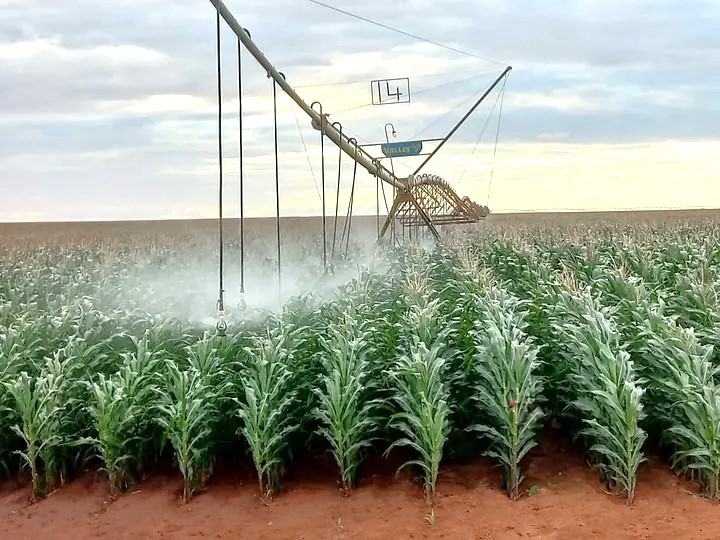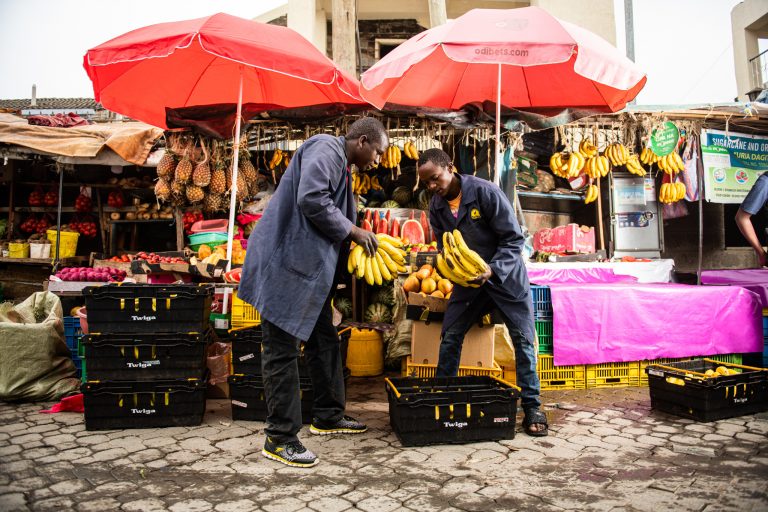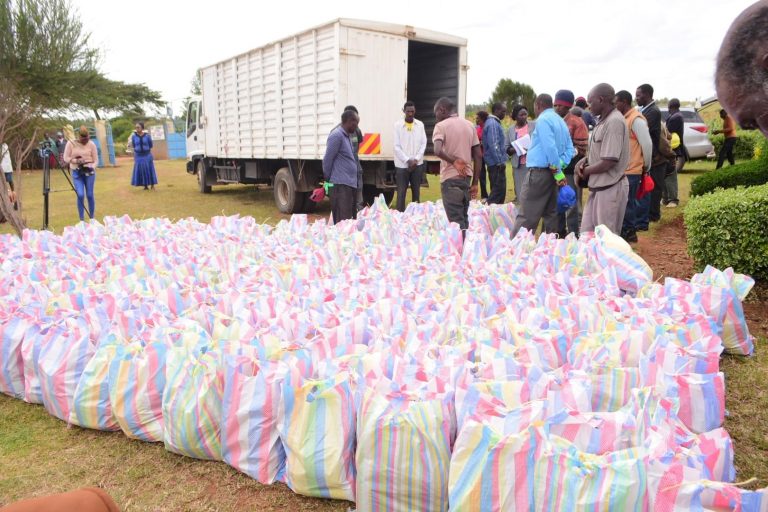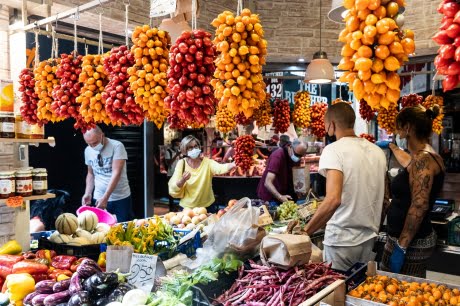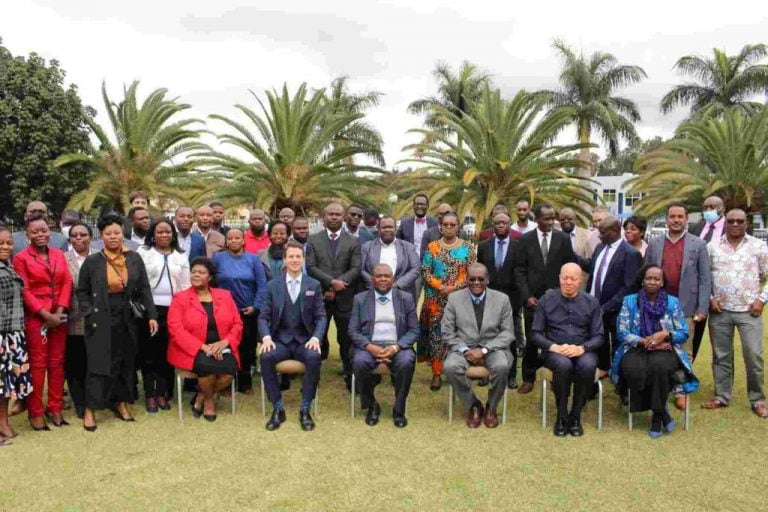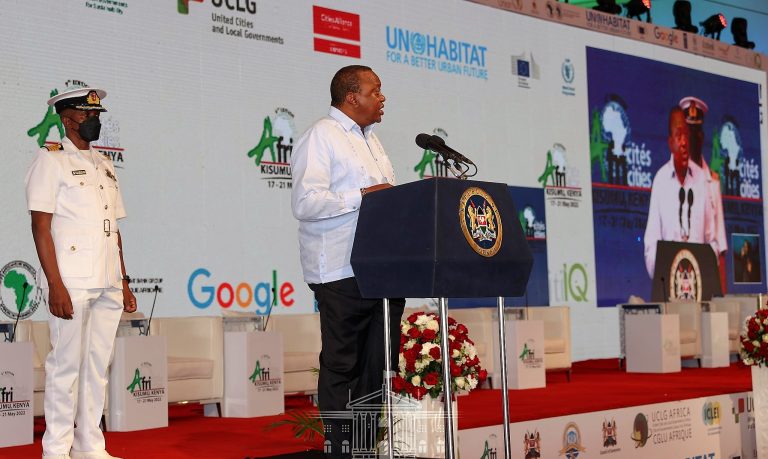Demand for Cassava in Kenya has exceeded production making the country rely on imports from neighbouring countries to meet its consumption demand.
Speaking during the National Cassava Conference 2023, Self Help Africa Head of Programmes Peter Aluoch says demand for cassava has risen quickly in 2022 to 3 million Metric Tonnes (MT) compared to a production of 946,076 metric tonnes from an area of 61,592 hectares in 2022.
The demand is attributed to the expansion of Cassava utilization beyond human consumption into use in animal feeds and starch for industries.
“In 2020, the country produced 898,110 MT of cassava from 61,754 ha translating to productivity of 14.54 tons/ha. This is lower compared to 16 – 24 tons/ha in China, Indonesia, and Thailand,” said Aluoch.
In the East African region, Kenya is the least producer of Cassava as Uganda produces 4 million MT while Tanzania produces 8 million MT per year. This is attributed to the lack of clean planting materials, unstructured markets, weak seed systems and weak regulatory framework.
In Kenya, cassava is mainly grown in Coastal, Central and Western parts. Production is mainly for food, income and livestock feed. Despite the importance, the yields obtained are far from the agronomic potential for this crop.
“The traditional production systems are failing to address household food security and income. In the Coastal region for example, cassava is considered an important food crop and production accounts for 30 percent of the total national production. In the Eastern region, production accounts for less than 10 per cent of the country’s production,” opined Aluoch.
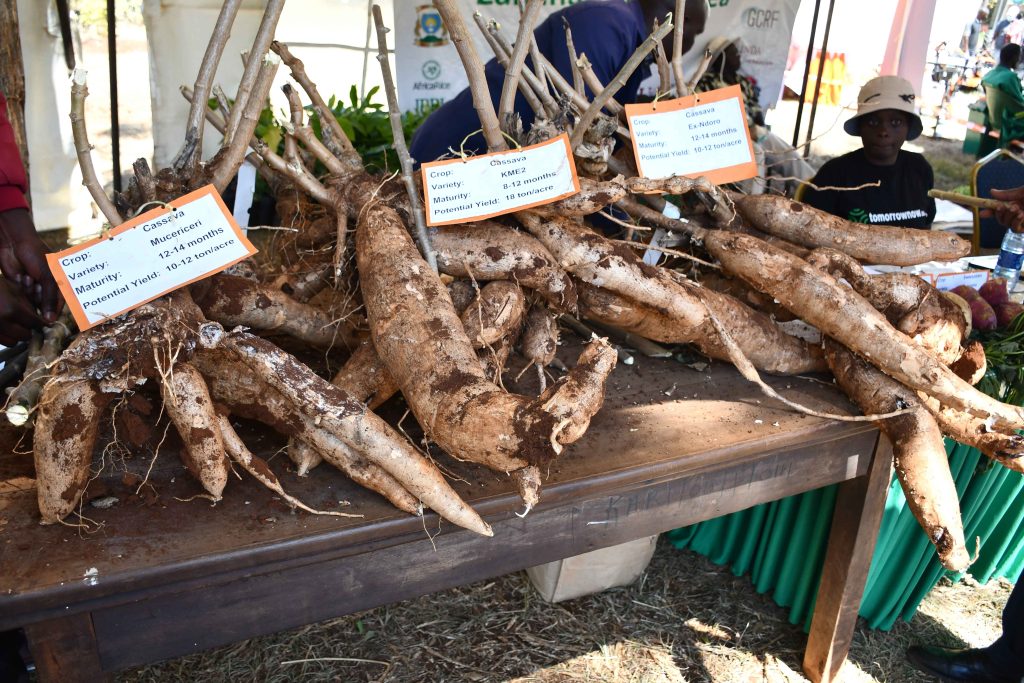
In the Western region, cassava is considered an important food crop and the production accounts for 60 percent of the total national production.
The latest data indicates that the average cassava farm yields are low, approximately 7-10 MT/Ha compared to the research yield potential of about 50 MT/Ha of fresh cassava tubers.
State Department Crop Development and Agricultural Research Principal Secretary Paul Rono raised concerns over the huge import bill on food.
“We are still importing food despite the fact that we have fertile land and resources. We have challenges in food security and the commercialization of the same. The government has put up a model to promote each and every crop grown in Kenya. Today’s discussion in this forum is aligned to this agenda,” opined Rono.
He directed the department in charge of crops, KALRO and KEPHIS to move in the next three months to make sure that all the varieties of crops are identified, and classified so that farmers can be promoted.
“We have so many seedlings, some high performers, some low performers. We will make sure that all those breeds are brought to books in the next 3 months to reshape the sector and bring order within the system. We need to know which seed belongs where,” he added.
“Under the present economic crisis that includes the COVID-19 pandemic, the war in Ukraine and resulting food and energy crises, surging inflation, debt tightening, as well as the climate emergency, underfunding for research, development and transfer of technology for cassava, will continue to limit the development and application of better agronomic practices,” said Adolfo Cires the Programme Manager, Finance and Private Sector Development of the European Union Delegation to the Republic of Kenya.
On her part, Morag Ferguson, a Crop Germplasm Scientist and Molecular Breeder, the International Institute of Tropical Agriculture (IITA), says to increase the growth of Cassava, high-quality cassava seeds will be critical in increasing production in Kenya.
“We need a new high-yielding variety of seeds that are resistant to viruses. Right now, we are working with SHA on the Cassava Seed Tracker. This will improve traceability of seeds and will make it easy to tell the source of the mother plant,” she added.




